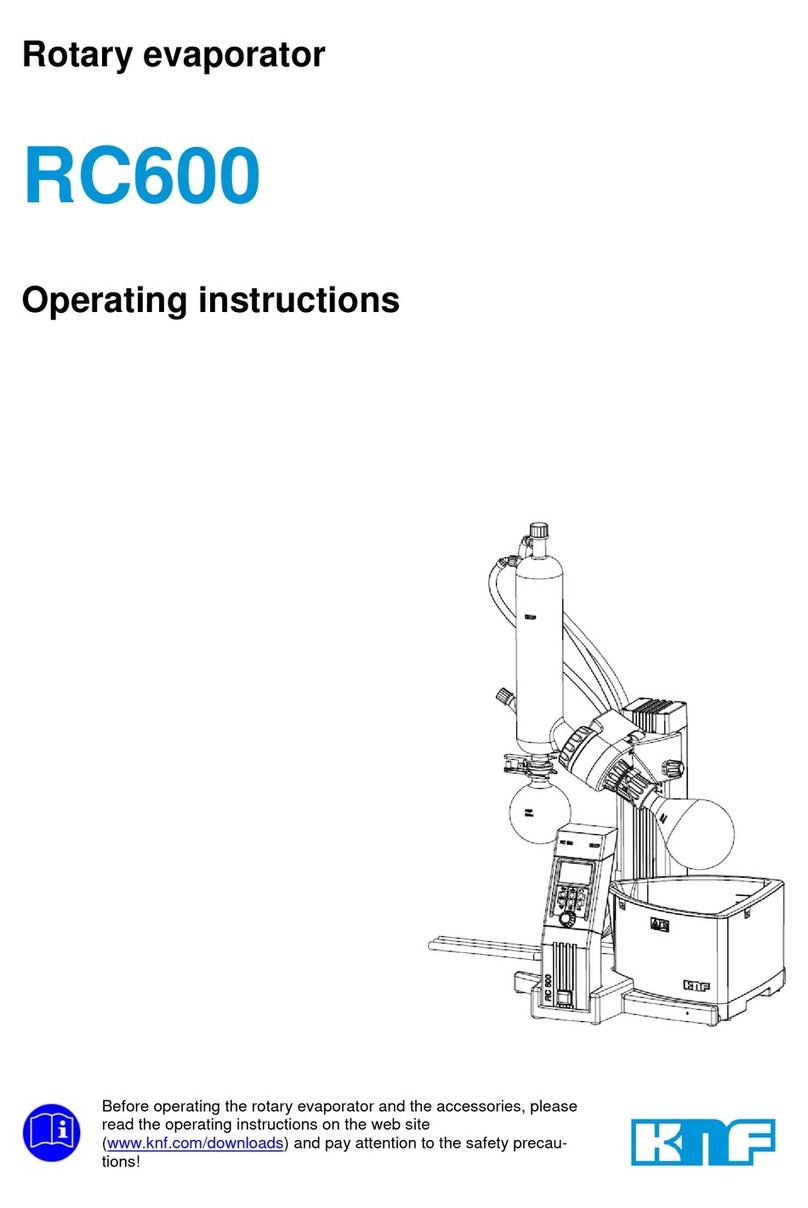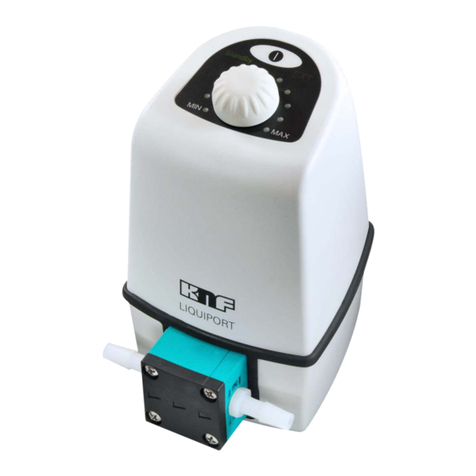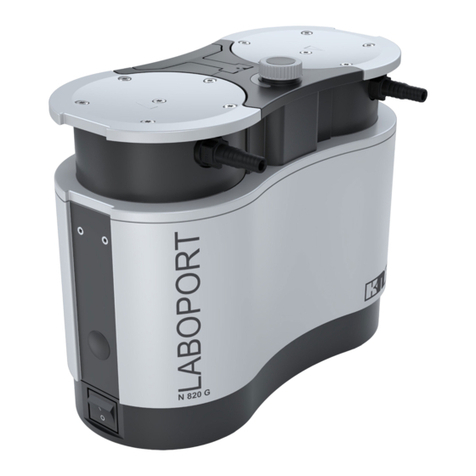
Table of contents
1 Scope of delivery................................................................................... 4
2 About this document ............................................................................. 6
2.1 Using the operating instructions.................................................... 6
2.2 Exclusion of liability....................................................................... 6
2.3 Applicable documents................................................................... 7
2.4 Symbols and markings.................................................................. 7
2.5 List of abbreviations .................................................................... 10
3 Safety .................................................................................................. 11
3.1 Personnel and target group ........................................................ 11
3.2 Responsibility of the operator ..................................................... 12
3.3 Working in a safety conscious manner ....................................... 12
3.4 Operating conditions ................................................................... 13
3.5 Media .......................................................................................... 13
3.6 Use.............................................................................................. 14
3.7 Directives and standards ............................................................ 15
3.8 Customer service and repair....................................................... 16
3.9 Disposal ...................................................................................... 16
4 Explosion protection............................................................................ 18
4.1 Using for transferring explosive atmospheres............................. 18
4.2 Information on the Ex-designation .............................................. 19
4.3 Explanations of the explosion protection designation ................. 20
5 Technical data..................................................................................... 26
6 Product description and function......................................................... 32
6.1 SC820G, SC840G ...................................................................... 32
6.2 Vacuum controller ....................................................................... 34
6.3 Pump........................................................................................... 36
6.4 Gas ballast .................................................................................. 37
7 Transport............................................................................................. 38
8 Commissioning.................................................................................... 40
8.1 Preparing for commissioning ...................................................... 42
8.2 Perform commissioning .............................................................. 43
8.3 Switching the vacuum controller on and off ................................ 48
8.4 Connecting the vacuum controller to the vacuum system .......... 50
9 Operation ............................................................................................ 51
10 Operating the vacuum system ............................................................ 55
10.1 Vacuum controller ....................................................................... 55































